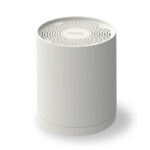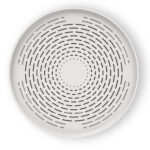The Internet emits C02: the air we breathe is increasingly polluted

The web produces carbon dioxide

The Coronavirus pandemic has given definitive confirmation of how fundamental the Internet is to our existence. It has allowed each of us to stay in touch with friends and relatives and above all it has greatly limited the damage suffered by the majority of businesses that have managed to continue working remotely. We have all heard of smartworking, video conferences, distance learning, webinars and online events. The virus therefore simply accelerated what was an already marked path. But if on the one hand the web has helped us to ”normalize” our lives, on the other there is the flip side of the coin: the emission of CO2 in the air we breathe.
How much do our devices consume?

Smartphones consume 2 kWh per year. Smart tablets and speakers consume around 60 kWh per year. Although smartphones and tablets are two very similar smart devices, the reason for the high difference in energy consumption lies largely in the size of the Tablet’s screen and the way in which it is used: tablets are often used to watch streaming videos or to play, two of the activities that put the most pressure on the batteries. Televisions consume 100 to 150 kWh per year. As far as household appliances are concerned, the refrigerator, when compared to other appliances, does not consume excessively. A refrigerator consumes an average of 160 kWh per year, the same as a 65-inch LED TV which, however, is turned on on average four hours a day. These consumptions, quantified in the bill, seem to give us an idea of how much and how we use our intelligent devices. The problem is that digital devices connected to the Internet produce consumption that goes beyond our electricity meter. Ultra definition video for smart TVs, security cameras, home automation, digital video calls, online services and instant messaging are constantly expanding and evolving. All traffic traveling on the Internet is made up of acquired, stored and processed data which consumes enormous amounts of electricity and contributes to pollution.
Electronic devices pollute our home and work environment
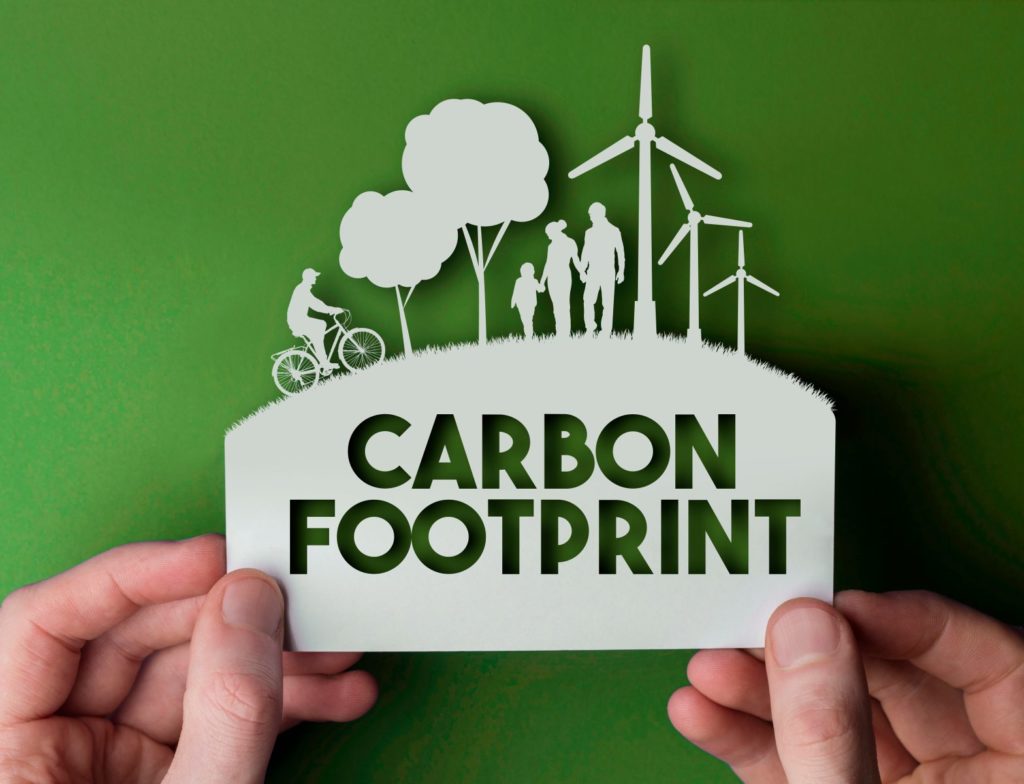
When we surf the web we often tend to imagine it as a virtual and intangible world. We are not used to thinking about the entire physical infrastructure that allows us to view digital content on the screens of our devices. To keep the network alive and manage data exchange, entire server and data center systems must be constantly running. And to make these devices work requires a large amount of energy. Digitalization allows us to limit some polluting actions, such as the reduction of travel or the consumption of natural resources, but on the other hand the use of the Internet involves the production of new emissions of pollutants. According to Carbonfootprint, a parameter used to estimate greenhouse gas emissions expressed in CO2, a search on Google can cause from 1 g to 10 g of CO2 emissions. Faced with these numbers we must consider that Google processes approximately 47,000 searches per second or 3.5 billion per day. To date, the ICT (Information and Communication Technology) sector is responsible for 3.7% of total gas emissions and is always increasing, so much so that in 2040 it could reach 14%. Large digital companies such as Google, Apple, Facebook and Microsoft are looking for a solution to all this by increasing the percentage of renewable energy used in the operation of data centers.
Smartphone and CO2

Recent smartphone models produce approximately 82kg of C02 each. As smartphones become more complex, the manufacturing process requires more and more energy. Emissions are mainly due to all the substances and materials contained within smartphones including steel, aluminium, magnesium, copper, silver, gold, graphite, lithium and silicon. To date, the smartphone is the most used device and considering that with a life cycle of 2 years, the production of the smartphone is responsible for approximately 90% of the CO2 emissions caused by the device, the first solution to stem the problem of pollution could be to keep it for as long as possible before replacing it with a new model or to buy a refurbished smartphone and take care of it so as to use it as much as possible. Only 1% of smartphones in the world are recycled. Anyone who buys a refurbished product gives it a second life and in this way supports a regenerative economy model by reducing the number of electronic waste produced.
3,500 people a year die from lung cancer attributable to the effects of radon
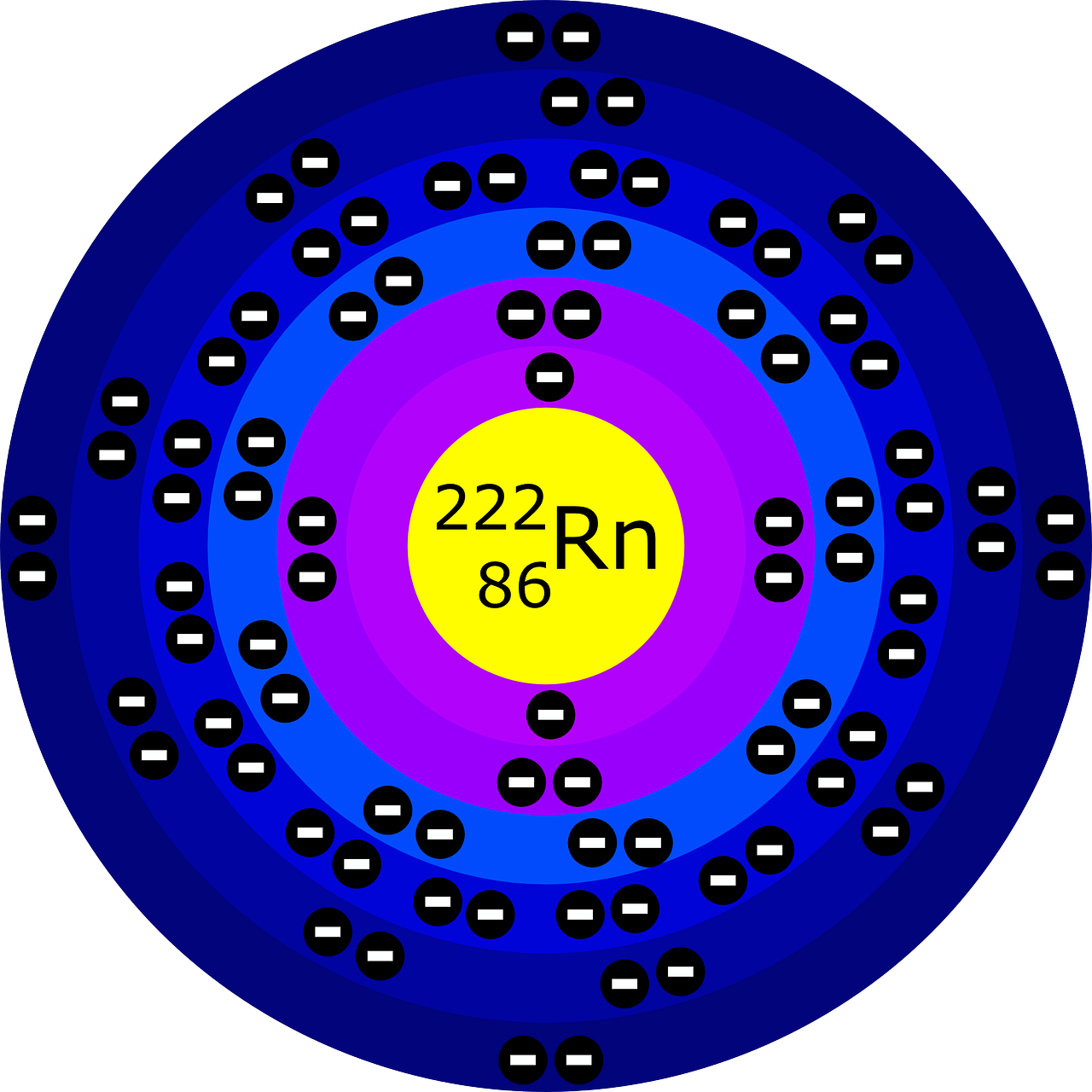
Since the early 1900s, earthquakes that have hit Italian territory have killed a total of around 57 thousand people, on average 570 every year. These are tragic and worrying facts that have led the legislator to intervene regarding the anti-seismic quality by adopting intervention plans or design solutions with the aim of preventing these tragedies. Also in Italy, 3,500 people per year die from lung cancer attributable to the effects of radon with a ratio of 6 deaths from radon compared to 1 from the earthquake. Radon is a radioactive gas that penetrates homes. Its particles are inhaled by the inhabitants of the buildings where the gas has entered and remain trapped in their respiratory system, inducing, over a period of years, cellular damage which then manifests itself through lung tumors or other serious pathologies. The aspect to reflect on is the lack of rigidity of the obligations and regulations in Italy on such a critical and widespread condition which could be prevented with simple and not too expensive interventions. It is right to protect ourselves from the problems of seismic effects and those of air pollution but it is necessary to raise awareness among the entire population also on the issue of indoor air quality.
Be careful with streaming

Video streaming has become the new pastime within the walls of the home and its use is destined to play an increasingly dominant role in the panorama of digital content divided into countless categories. According to estimates by Cisco System, a historic multinational company specialized in the supply of networking equipment, in 2022 videos are covering over 82% of overall internet traffic, 15 times higher than it was in 2017. The good news is that we can intervene: if we watch content in standard definition rather than high definition while using apps like Netflix we can reduce CO2 emissions by 86%. Similar studies were carried out by the International Energy Agency in which it emerged that watching 10 minutes of streaming video consumes 150 times more electricity than charging a smartphone battery. The estimates are made on data from individual users and on specific cases of combinations: the type of device, the resolution of the content and the connection. Even if there are no global data based on measurements of energy consumption induced by digital uses, we can say that to watch streaming videos on the large screen of a high definition television, energy consumption is very high.
Page Navigation
Risultati complementari
Google Traduttore
Descrizione
Google Traduttore è un servizio di traduzione automatica multilingue sviluppato da Google LLC. Offre un’interfaccia web, app mobili per Android e iOS e un’API che aiuta gli sviluppatori a creare estensioni del browser e applicazioni software. Wikipedia
What can we do on an individual level?
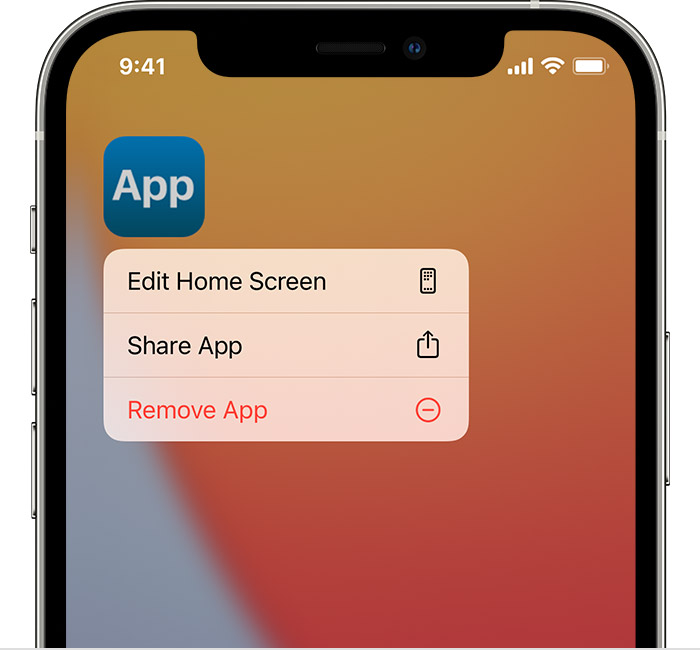
Each of us can do something to alleviate all these problems, starting with small measures. For example, changing the device a little less frequently, avoiding compulsive use of sending videos and images, deleting old emails, limiting the sharing of heavy content if not necessary, accessing a site directly without going through a search engine and eliminate useless apps that are constantly updated, producing enormously high traffic that we don’t realize.


